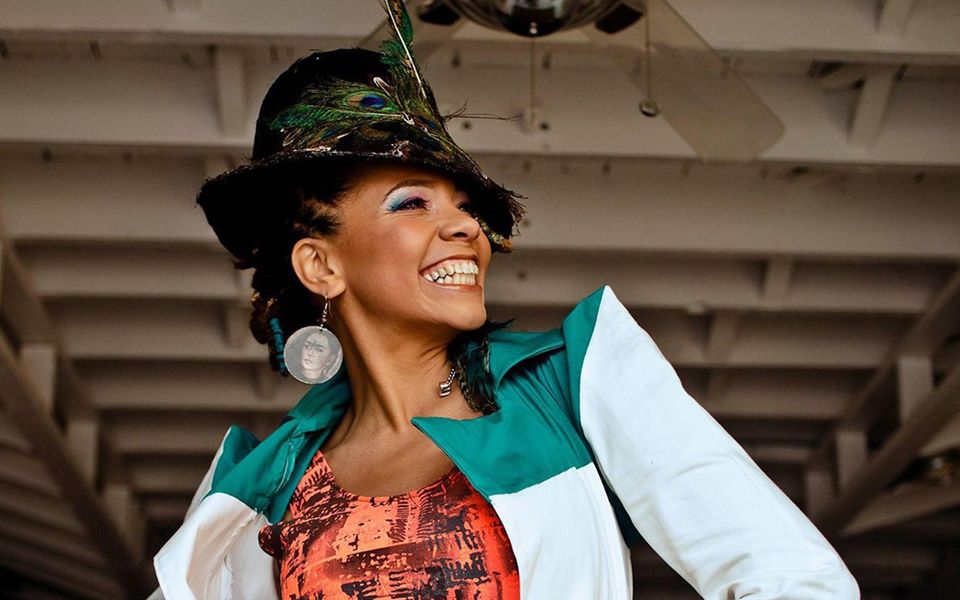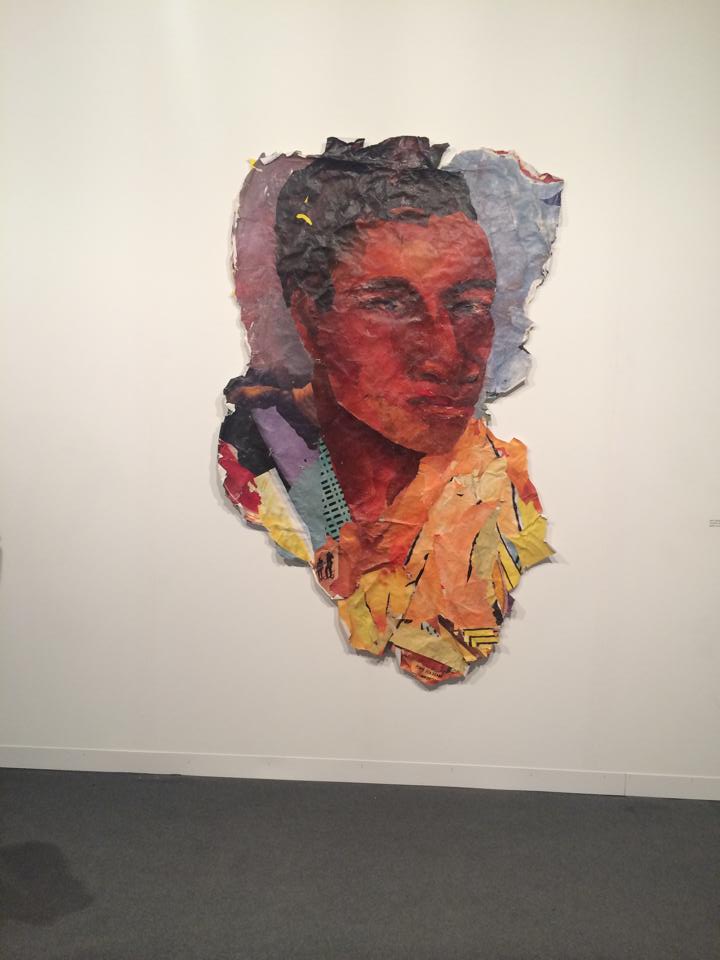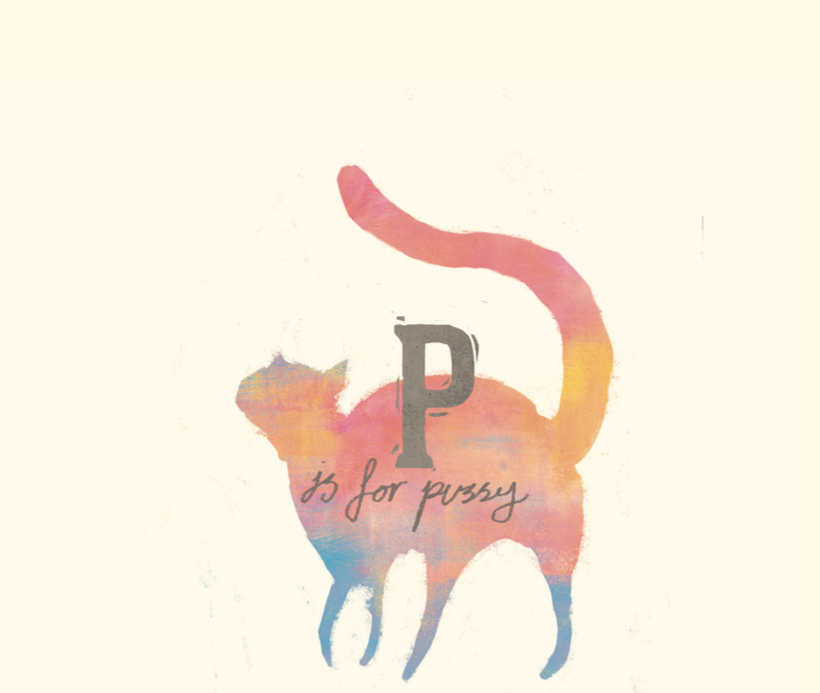Rencontres de Bamako Announces Curatorial Team for 2021 Edition
Organizers of Rencontres de Bamako (Bamako Encounters), the biennial dedicated to African photography and video, have announced the curatorial team for its 13th edition.
Bonaventure Soh Bejeng Ndikung will return as artistic director, working with four curators: Akinbode Akinbiyi, an artist and independent curator; Meriem Berrada, artistic director of Marrakech, Morrocco’s Museum of African Contemporary Art Al Maaden; Tandazani Dhlakama, an assistant curator at Cape Town’s Zeitz MOCA; and artist Liz Ikiriko, an assistant curator at Toronto’s Art Gallery York University.
The theme of the biennial this is Maa ka Maaya ka ca a yere kono: On Multiplicity, Difference, Becoming, and Heritage. Drawn from a 1972 statement by Malian writer and historian Amadou Hampâté Bâ, the title translates in English as “the persons of the person are multiple in the person.”
The exhibition will pay a powerful tribute to the spaces in between, to that which defies definition, to phases of transition, to being this and that or neither and both, to becoming, and to difference and divergence in all their shades.
The biennal is scheduled to take place from Nov. 20, 2021-Jan. 20, 2022 in Mali.
Addis Contemporary II: A Group Exhibition on Ethiopian Art at Circle Gallery,Nairobi
A group exhibition featuring a selection of contemporary art from Ethiopia is on view at Circle Gallery, Nairobi, Kenya. As reflected in the exhibition title, Addis Contemporary II, this is the second iteration of the exhibition.
Curated by Ethiopian writer and independent curator, Mifta Zeleke, the show features work by Kirubel Abebe, Surafel Amare, Engidaget Legesse Abede, Kidus Bezzawok, Direje Demissie, Henok Getachew, Girmachew Getnet, Tamrat Gezahegne, Meron Hailu, Engidaye Lemma, Ashenafi Mestika, Selome Muleta, Amare Seifu, Alexander Tadesse, Tiemar Tegene, Tibebe Terffa, Eyasu Tilayeneh and Liayne Tilahun.
This second edition can be regarded as a snapshot of the way the Addis art scene has flourished from the fertile bedrock of the modernist period. The participating artists are a cross section, representing the determined growth of the city’s art scene.
In the words of Zeleke about the show, “We can see a thematic and stylistic range, from the modernist painter Tibebe Terffa’s sustained practice of aesthetics to the established and emerging artists who bring vigorous academic skills, research and contemporary approaches to making art.” This show, six years after the first edition, displays the depth and breadth of Ethiopia’s contemporary art, which for so long has stood alienated from the East African art scene but is now becoming increasingly interconnected to the artscape of the south.”
It is his hope that this exhibition could serve as a basis for further scholarly and independent research into Ethiopia’s art scene, as well as a chance to access and collect contemporary art from Addis.
Addis Contemporary II closes May 7, 2021.
Researchers Discover 10 Misidentified Works by Major African Modernists in Rural Scotland
Researchers from the University of St Andrews who have been examining works from a collection found in a remote corner of western Scotland, have reattributed some of these works to some of Africa’s most notable modernist painters.
This discovery was made by Kate Cowcher, a lecturer of art history at the University of St. Andrews, who, while conducting research for a lecture, recognized a painting as the work of Tanzanian artist Sam Joseph Ntiro, which was curiously held in a collection in rural Scotland.
There were ten misidentified works from the council-owned Argyll Collection, which were originally created by well-known 20th-century eastern and southern African artists such as South Africa’s Lucky Sibya, and Henry Tayali, Zambia’s most famous painter.
After enquiring with a local council, Cowcher learned that many of the collection’s works were being stored in a high school in Lochgilphead. Though the majority of the 173 works, amassed in the 1960s and 1970s, are by Scottish artists, it also contains a group of 12 paintings, drawings and prints from Africa. They were acquired by the author Naomi Mitchison, who, in collaboration with the Argyll County Council, set up the Argyll Collection to provide children in rural Scotland with access to art.
Mitchison’s extensive travels across East Africa during the period of independence allowed her to visit several of the region’s leading art schools and galleries, where she discovered a burgeoning art scene. Because Mitchison’s budget was small—she paid no more than £100 ($139) for each work (around £2,000 or $2,778 today)—in many cases she bought works by undergraduate students, some of whom would later become prominent artists.
“She collected modernist African art at a time when it wasn’t seen as exciting,” Cowcher says. “Most people on their travels to the region brought back traditional textiles and artifacts, not art.” Today, artists in the collection are internationally recognized as pre-eminent in their field: works by Ntiro, who also served as Tanzania’s cultural commissioner, are held in the collection of New York’s Museum of Modern Art.
Since the 1980s, the once touring Argyll Collection has fallen into disuse and the identities of many of the African artists were also lost to history, as in many instances their signatures had been mistranscribed.
Cowcher, alongside her assistants Elikem Logan and Meredith Loper, were able to piece together evidence using Mitchison’s archived personal letters as well as insurance claims—many of which stated the artists’ names in full. They also consulted specialists from London’s School of Oriental and African Studies (SOAS) and the Makerere University in Kampala, Uganda, where several of the artists in question studied. In several instances, the researchers were able to contact the artists, such as the Ugandan printmaker Catherine Nankya Katonoko Gombe, or their descendants, such as Henry Tayali’s son Rhodrick.
“Discoveries of African modern works of this nature are rare anywhere, but especially somewhere like Scotland,” says Giles Peppiatt, Bonham’s African art specialist. Peppiatt points out that because the African modern market is relatively nascent and comparatively unlucrative, the likelihood of these works being forged is very low.
The 10 works (plus two others that are still being identified) are now due to go on show at the community art center Dunoon Burgh Hall in an exhibition titled, Dar to Dunoon: Modern African Art from the Argyll Collection from May 21-June 13, 2021.
Market Report States African Collectors are Driving Global Sales of Contemporary African Art
Sotheby’s recently concluded its biannual Modern & Contemporary African Art auction, exceeding the lower end of its pre-sale estimate by over 40% to net £2.7 million ($3.7 million). Participants at the auction were from 34 countries, with over a third of buyers transacting with Sotheby’s for the first time, making Sotheby’s third online-only auction of contemporary African art a major success.
The category for contemporary African art sales at Sotheby’s was created only four years ago to champion the work of African artists. Since then, it has achieved over 80 record-breaking sales, underscoring the rising global interest in this category. According to Sotheby’s estimates, on average around a third of bidders since the launch have originated from Africa, North America and Europe, with 10% from Latin America and Asia. Yet around 70% of the buyers during this period were African collectors.
Online sales are attractive to younger African collectors who are mobile and tech savvy, and likely more comfortable bidding and buying remotely than traditional collectors. This trend could also signal a fascinating shift in the global African art market, with local collectors signaling to the world which artists they value and celebrate in their own markets, for a change. It’s also a sign of the increasingly important role of art markets and museums in different parts of the continent.
“This category is one that has seen a continued rise in sales even during the pandemic,” said Hannah O’Leary, the head of the Modern and Contemporary African Art department at Sotheby’s in an interview with Quartz Africa. “From 2017-2019, we had a 30-50% growth in sales. The trajectory was lower last year given the pandemic but was still a positive growth even as general auction sales went down across other departments.”
African art sales still make up less than 1% of all global art sales at Sotheby’s and worldwide, with Sotheby’s having the largest volume of sales, O’Leary says. But it is a category that is poised for even more growth in the years to come.
The results from this past auction were intriguing, with records set both for more established, older recognized artists, such as Nigeria’s Ben Enwonwu as well as contemporary artists. Leading the offerings was Enwonwu’s bronze Atlas, which sold for £378,000 ($519,826)—a new world record for a sculpture by the artist in its first appearance at auction. A record also was set for a work on paper by Enwonwu; his watercolor from the seminal Africa Dances series was purchased for £189,000 ($259,913).
O’Leary is optimistic that the move from holding sales in their London showroom to holding them online during the pandemic will only boost the category further. (The auction house will return to a hybrid of in-gallery and online sales once safe to do so.) “Given that the majority of collectors are African and based on the continent, the closing of physical galleries has not affected their buying,” she said. “2020 was our largest grossing year for our sales of contemporary African art. We expect 2021 sales to surpass that even despite the pandemic.”
David Diop on Man Booker International Prize 2021 Shortlist
In March, we announced longlisted African authors for the 2021 Man Booker International Prize, which included Ngugi Wa Thiong’o and David Diop. On April 22, 2021, the shortlist was announced, and David Diop was the last African standing on the list for his novel, At Night All Blood is Black.
The Man Booker International Prize is awarded for a single book, translated into English, and published in the U.K. every year. Both novels and short-story collections are eligible. The work of translators is equally rewarded, with the £50,000 ($69,433) prize divided between the author and the translator of the winning entry. In addition, each shortlisted author and translator will receive £1,000 ($1,389) each. The judges considered 126 books.
The judging panel for 2021 is chaired by cultural historian and novelist, Lucy Hughes-Hallett. She leads a panel consisting of journalist and writer Aida Edemariam; Man Booker-shortlisted novelist Neel Mukherjee; professor of the history of slavery Olivette Otele; and poet, translator and biographer George Szirtes.
The longlist announced in March featured 13 books published within the last year. Originally written in French, At Night All Blood is Black is translated to English by Anna Mocschovakis and published by Pushkin Press. Diop recently won the Los Angeles Times Book Award for this book.
Prize judge George Szirtes said of the book, “At Night All Blood is Black is savage, wonderful, perceptive, unforgettable.”
The winner of the award will be announced on June 2, 2021 in a virtual celebration from Coventry, City of Culture 2021.
University of Cape Town Assesses Damage after Devastating Fire
Last Sunday, a wildfire broke near the Cecil Rhodes Memorial, quickly spreading uncontrollably beneath Devil’s Peak in the national park. In the process, part of the University of Cape Town (UCT) library, residences and upper campus buildings were damaged by the fire.
Volumes of African literature, including archives of the liberation struggle history and the mid-19th century Cape San people, hosted at the iconic African Studies Library, as well as several historical buildings were destroyed.
South Africa’s Minister of Higher Education, Science and Technology Dr. Blade Nzimande, expressed grief at the destruction of the material associated with the country’s history during the blaze.
Nzimande said he was saddened by the fact that the fire destroyed, among other buildings, the iconic African Studies Library and UCT’s upper campus, where boarding students reside.
Of particular concern, he said, was the destruction of the African National Congress archives and record of the underground publications, which formed part of the most extensive library collection documenting the liberation movement (and now the ruling party in South Africa) in the world.
“This library is also the repository of the Bleek and Lloyd collection of recorded stories and notebooks of their engagement with the /Xam and !Kun Cape San people of the mid-19th century, as well as original copies of pioneering isiXhosa newspapers like Imvo ZabaNtsundu, among others,” said Nzimande.
The university also spelled out the importance of the collection of material destroyed. One of the buildings gutted was the Jagger Reading Room which, it said, formed part of the UCT Libraries’ Special Collections of printed and audiovisual material on African studies and a wide range of specialized subjects. This includes more than 1,300 sub-collections of unique manuscripts and personal papers. The collection of books and pamphlets exceeds 85,000 items on African studies alone, and the collection on African film is among the most extensive in the world, with more than 3,000 films available for viewing and research.
The Jagger Reading Room (previously the JW Jagger Library) was built in the 1930s and named after one of UCT Libraries’ main benefactors. Initially, the building served as the university’s main library, and later as a short-loans center, before officially becoming the African Studies Library’s reading room.
While a mapping exercise has identified destroyed materials, UCT spokesperson Elijah Moholola said, in an interview with University World News, that a full assessment of this destruction will take place once the building is declared safe and staff are permitted on site.
He said a list will eventually be made available once donors and owners of collections entrusted to UCT Libraries are informed.
-Compiled by Roli O’tsemaye











